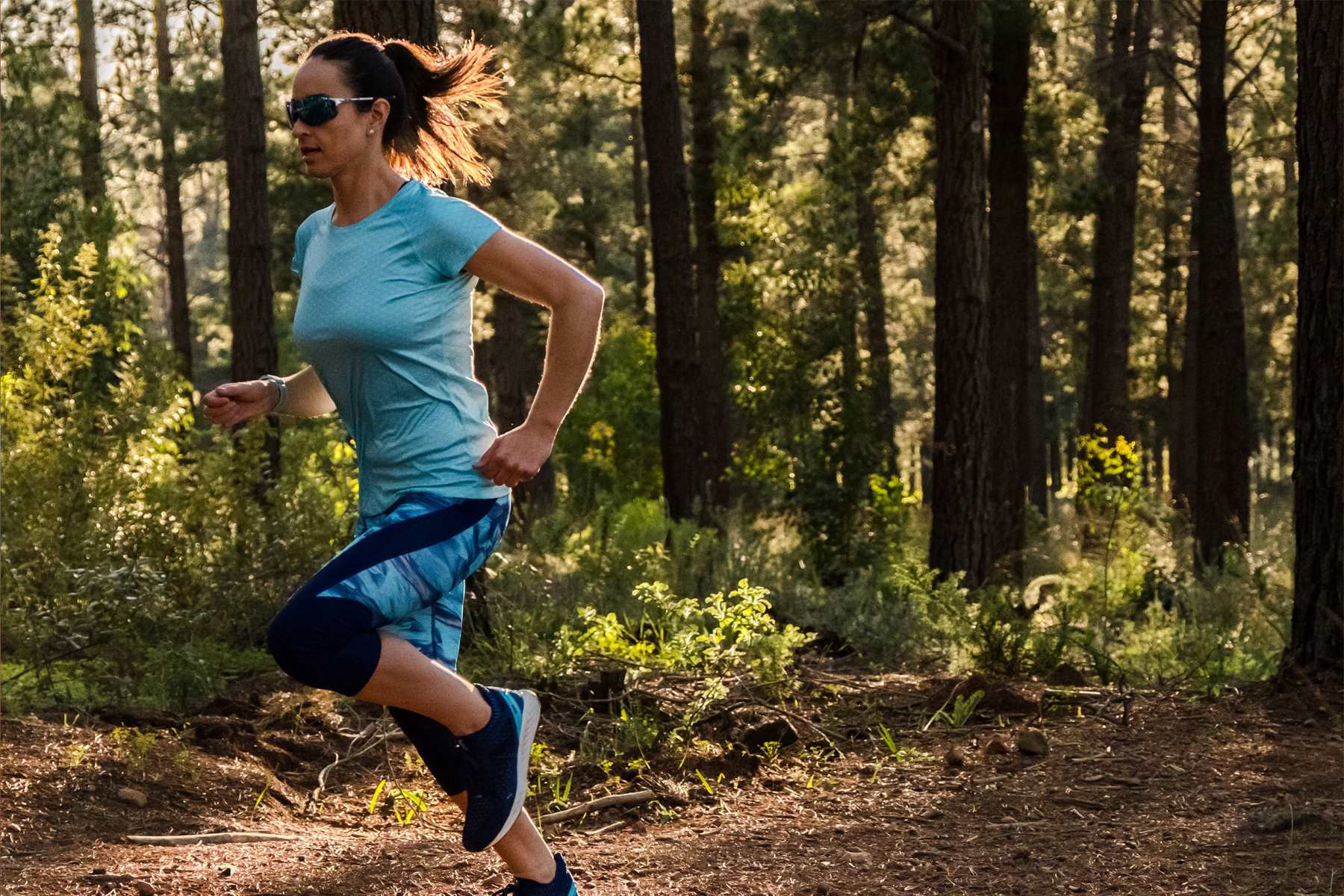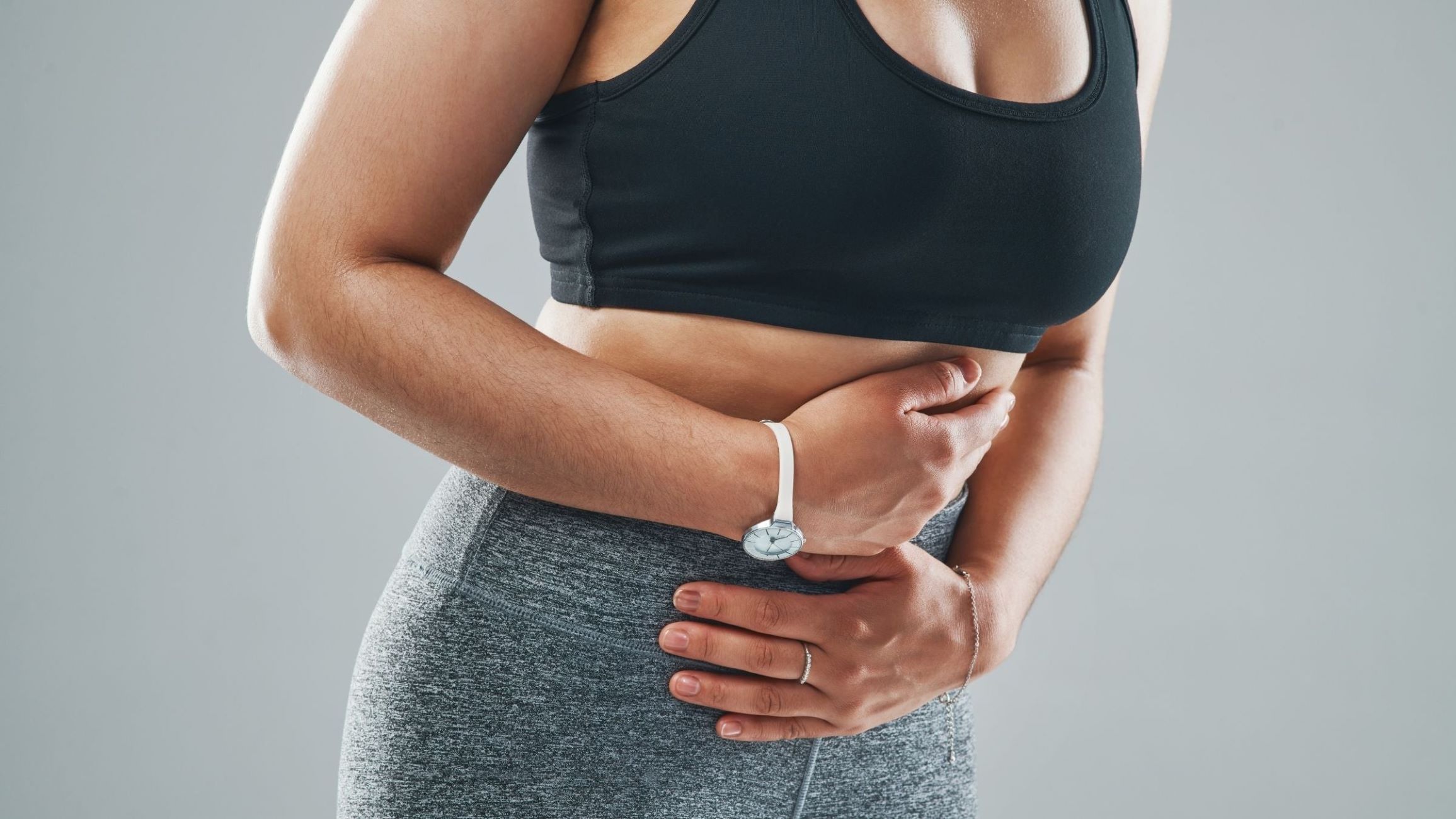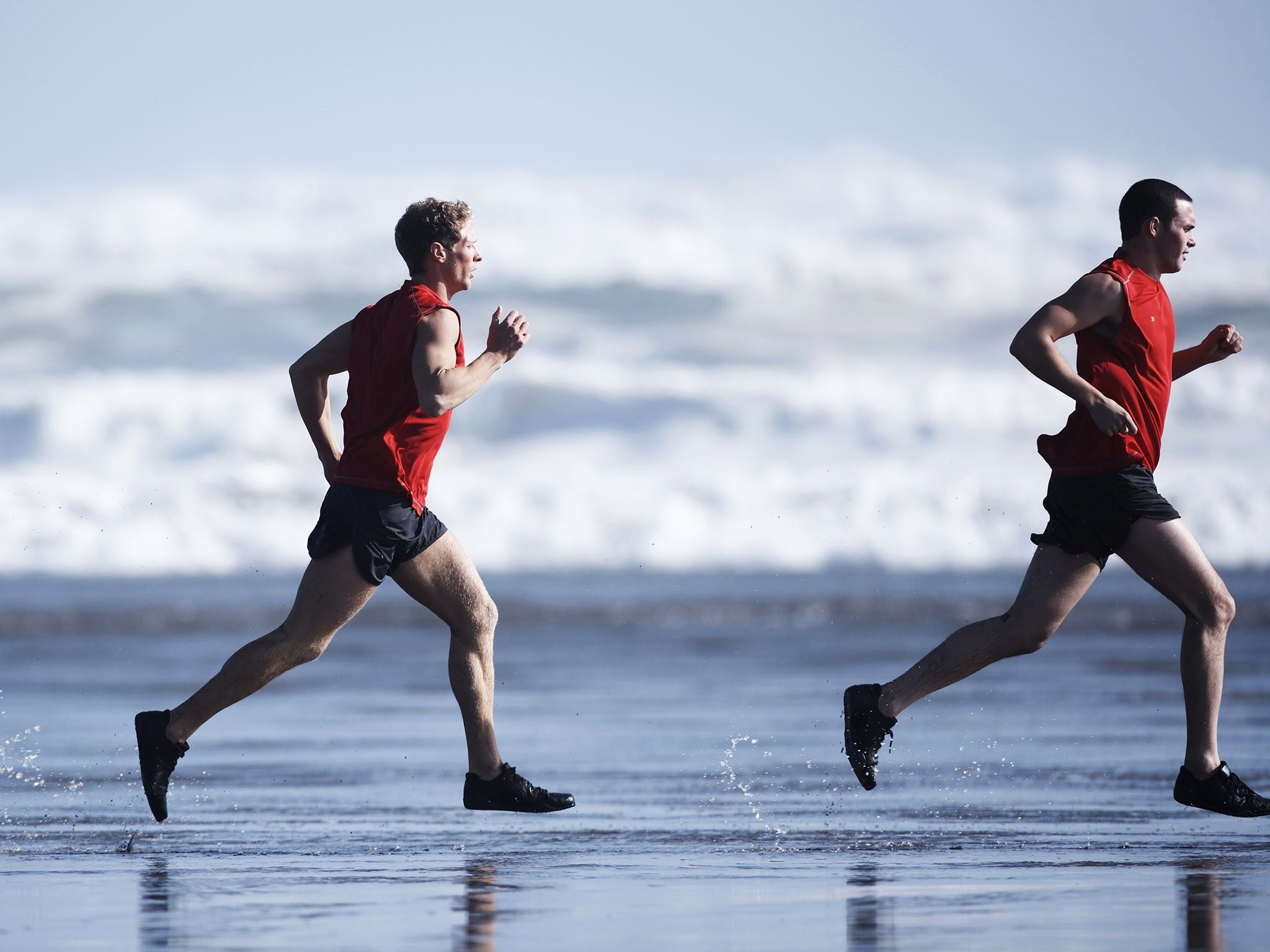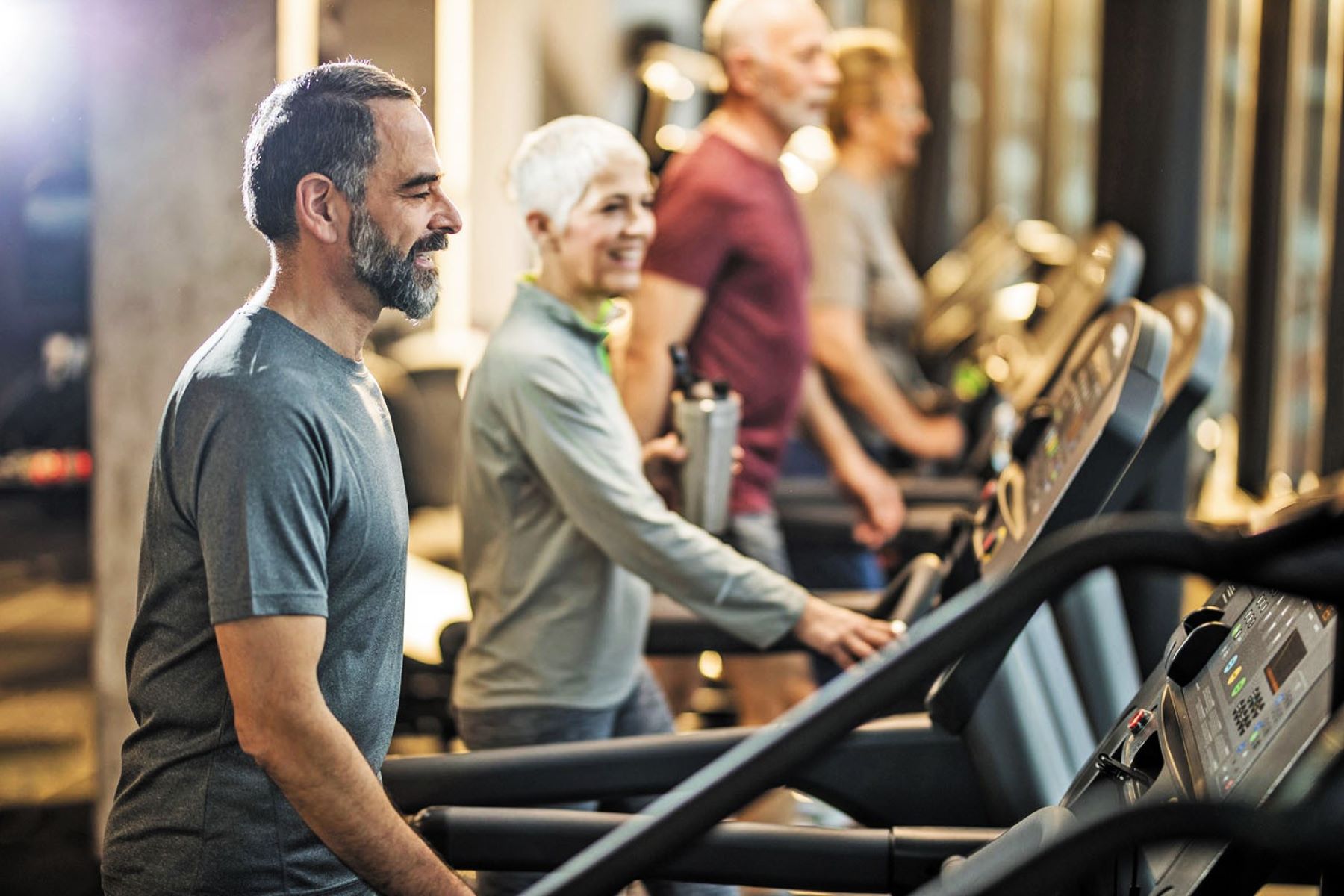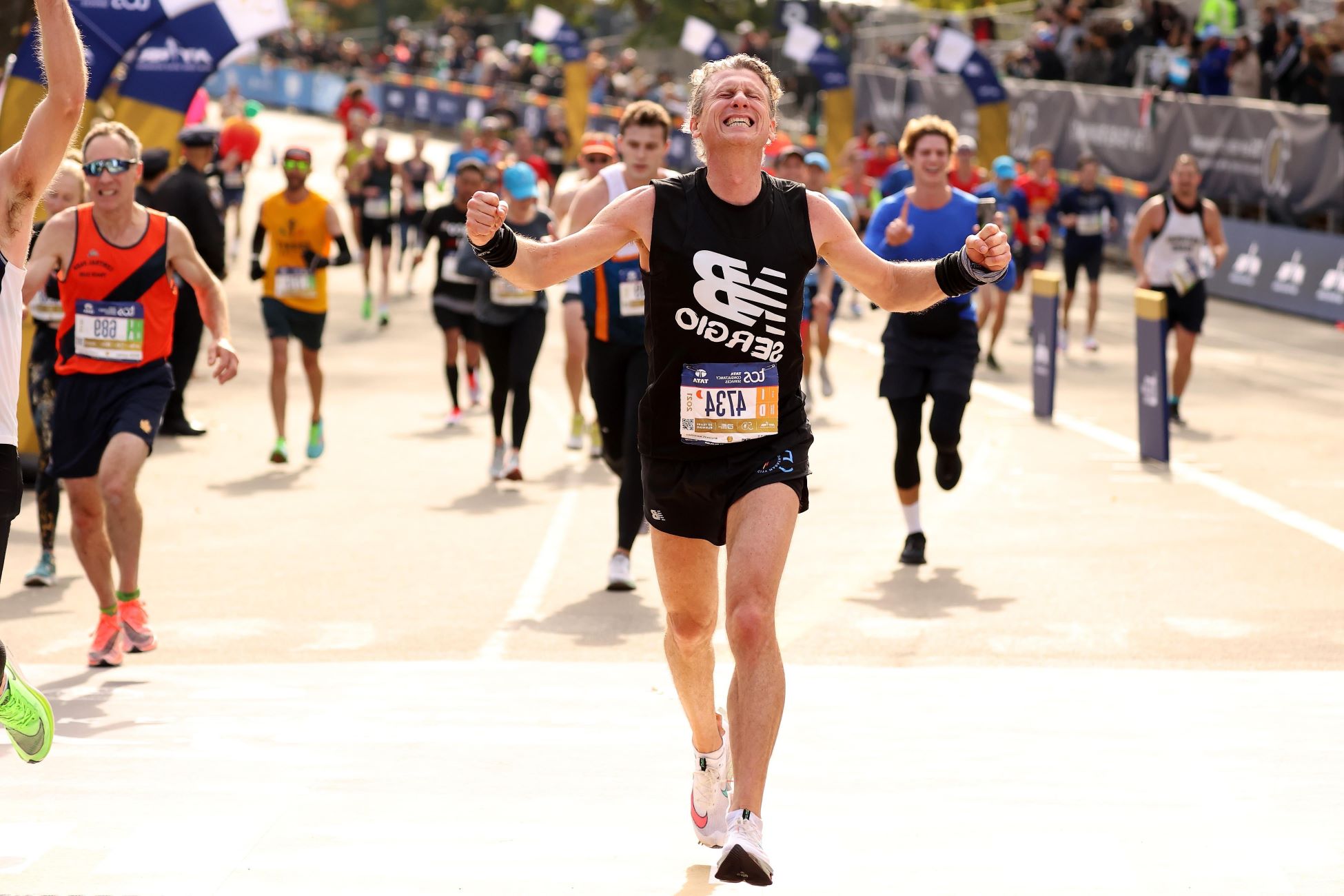Home>Health & Nutrition>Injury Prevention>The Impact Of Running On Baker’s Cyst
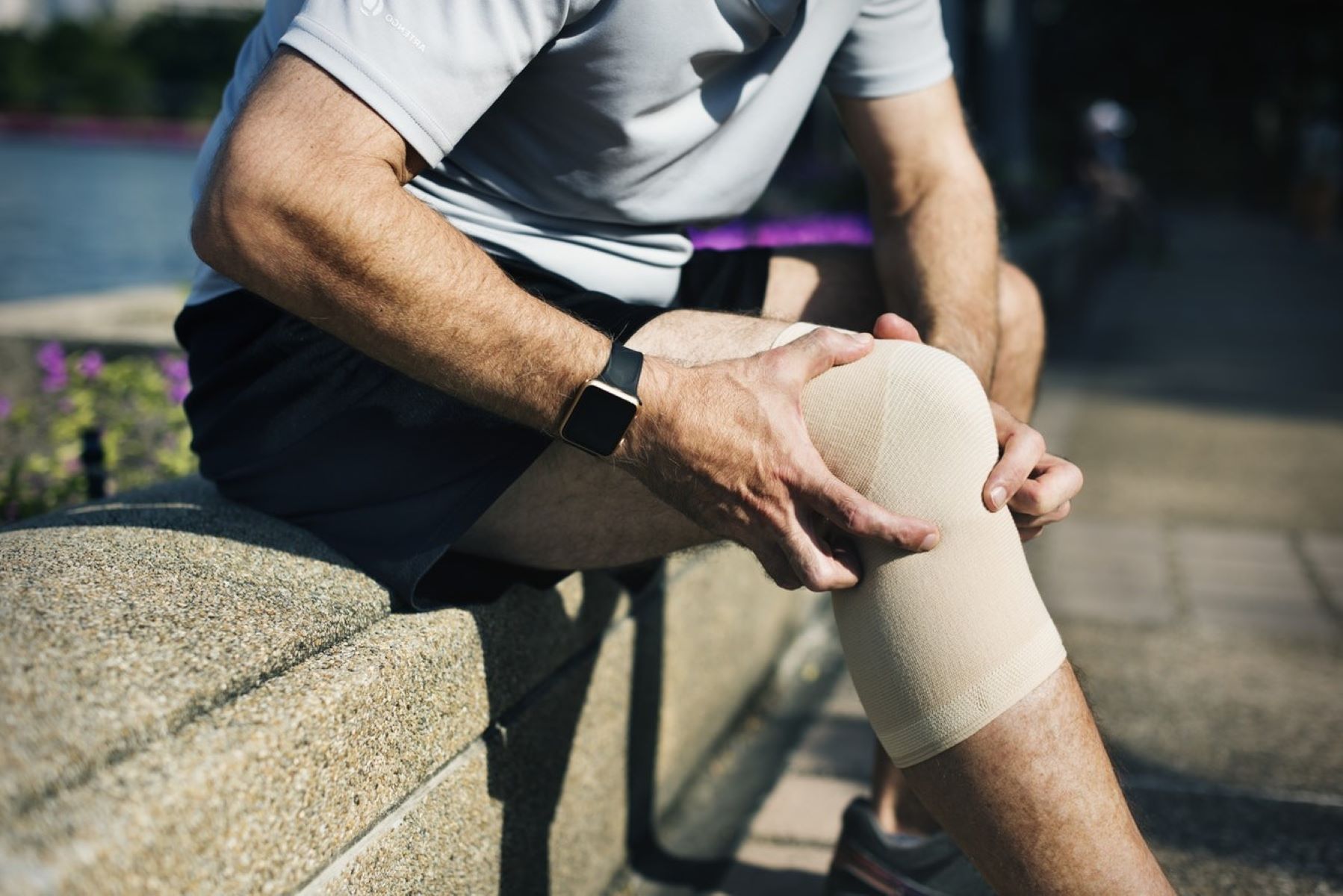

Injury Prevention
The Impact Of Running On Baker’s Cyst
Published: February 27, 2024
Learn how running can help prevent Baker's Cyst and other injuries. Discover the impact of running on injury prevention and how to stay healthy while staying active.
(Many of the links in this article redirect to a specific reviewed product. Your purchase of these products through affiliate links helps to generate commission for Therunningadvisor.com, at no extra cost. Learn more)
Table of Contents
Understanding Baker's Cyst
Baker's cyst, also known as popliteal cyst, is a fluid-filled swelling that develops at the back of the knee. This condition is often associated with underlying knee problems, such as arthritis or cartilage tears. The cyst forms when excess synovial fluid, which normally lubricates the knee joint, accumulates and creates a bulge at the back of the knee.
The cyst is named after Dr. William Morrant Baker, who first described it in the 19th century. It can vary in size, ranging from a small lump to a larger, more noticeable swelling. While some individuals may not experience any symptoms, others may feel discomfort, stiffness, or a feeling of tightness behind the knee.
Understanding the anatomy of the knee can provide insight into the development of Baker's cyst. The knee joint is surrounded by a capsule that contains synovial fluid, which helps reduce friction and facilitates smooth movement. When the knee experiences inflammation or injury, the production of synovial fluid can increase, leading to the formation of a cyst.
Baker's cysts are more common in adults, particularly those over 40 years old. However, they can also occur in children, often as a result of a knee injury or arthritis. It's essential to note that while Baker's cysts can cause discomfort and limit mobility, they are not typically a cause for major concern. Nevertheless, it's important to seek medical advice to determine the underlying cause and appropriate management.
By understanding the nature of Baker's cyst and its relationship to knee health, individuals can better comprehend the factors contributing to its development and the potential impact on their daily activities. This knowledge serves as a foundation for exploring effective preventive measures and treatment options, ultimately promoting improved knee health and overall well-being.
Read more: The Impact Of Running On Meniscal Cysts
Causes of Baker's Cyst
Baker's cysts typically develop as a result of underlying knee conditions that lead to increased production of synovial fluid. The following factors contribute to the formation of these fluid-filled swellings:
-
Knee Joint Inflammation: Inflammation within the knee joint, often due to conditions such as osteoarthritis or rheumatoid arthritis, can stimulate the production of synovial fluid. This excess fluid can accumulate and create a cyst at the back of the knee.
-
Cartilage Tears: When the cartilage within the knee joint is damaged, as in the case of a meniscus tear, the knee may respond by producing additional synovial fluid. This can lead to the development of a Baker's cyst as the fluid accumulates.
-
Injury or Trauma: Acute injuries to the knee, such as a blow to the back of the knee or a forceful hyperextension, can trigger the formation of a Baker's cyst. The body's natural response to such trauma includes an increase in synovial fluid production, which can result in the cyst.
-
Degenerative Joint Diseases: Conditions that cause degeneration of the knee joint, such as osteoarthritis, can lead to the overproduction of synovial fluid. This excess fluid can escape into the back of the knee, forming a cyst.
-
Inflammatory Joint Diseases: Inflammatory conditions affecting the knee, such as gout or pseudogout, can prompt the knee to produce more synovial fluid than usual. This can contribute to the development of a Baker's cyst.
Understanding these underlying causes is crucial in addressing Baker's cyst effectively. By identifying and managing the primary knee conditions that lead to increased synovial fluid production, individuals can reduce the likelihood of developing or exacerbating a Baker's cyst. Moreover, recognizing these causes enables healthcare professionals to tailor treatment plans to address the specific contributing factors, ultimately promoting better knee health and function.
Symptoms of Baker's Cyst
The symptoms of Baker's cyst can vary in intensity and may not be evident in all cases. However, when present, they can significantly impact an individual's comfort and mobility. Understanding these symptoms is essential for early recognition and appropriate management of the condition.
-
Swelling Behind the Knee: One of the primary symptoms of Baker's cyst is the presence of a noticeable lump or swelling at the back of the knee. This swelling may range from small and barely perceptible to larger and more prominent, depending on the size of the cyst and the extent of fluid accumulation.
-
Stiffness and Discomfort: Individuals with a Baker's cyst often experience stiffness behind the knee joint. This can lead to a sensation of tightness and limited range of motion, particularly when bending or straightening the knee. Discomfort or aching in the affected area may also be present, especially after prolonged periods of standing or physical activity.
-
Pain: While some individuals may not experience pain associated with a Baker's cyst, others may feel localized discomfort at the back of the knee. The pain can range from mild to moderate and may be exacerbated by activities that place strain on the knee joint, such as walking up or down stairs, squatting, or running.
-
Difficulty Flexing the Knee: In some cases, the presence of a Baker's cyst can impede the full flexion of the knee joint. This limitation in movement can contribute to a feeling of tightness and may affect the individual's ability to engage in activities that require bending the knee, such as kneeling or crouching.
-
Associated Symptoms: Depending on the underlying cause of the Baker's cyst, individuals may also experience symptoms related to the primary knee condition, such as inflammation, warmth, or redness in the joint. These additional symptoms can provide valuable insight into the specific factors contributing to the development of the cyst.
It's important to note that while these symptoms may indicate the presence of a Baker's cyst, a comprehensive evaluation by a healthcare professional is essential for an accurate diagnosis. Additionally, individuals experiencing sudden and severe pain, rapid swelling, or difficulty bearing weight on the affected leg should seek immediate medical attention, as these symptoms may indicate a more serious complication associated with the cyst.
By recognizing the symptoms of Baker's cyst, individuals can take proactive steps to seek appropriate medical guidance and explore tailored treatment options. Early intervention can help alleviate discomfort, address underlying knee conditions, and promote improved knee function, ultimately enhancing overall quality of life.
Diagnosis and Treatment Options
Diagnosing Baker's cyst typically involves a comprehensive evaluation by a healthcare professional, often beginning with a thorough medical history review and physical examination. During the physical assessment, the physician may palpate the back of the knee to identify any swelling or tenderness, as well as assess the range of motion and stability of the joint. Additionally, imaging studies, such as ultrasound or magnetic resonance imaging (MRI), may be recommended to visualize the cyst and assess the underlying knee structures.
Once a Baker's cyst is diagnosed, the treatment approach aims to address both the cyst itself and the underlying knee condition contributing to its development. The following are common diagnostic and treatment options for Baker's cyst:
Diagnostic Procedures
- Physical Examination: A healthcare provider may conduct a physical assessment to evaluate the size, location, and characteristics of the cyst, as well as assess the knee joint's overall function and stability.
- Imaging Studies: Ultrasound or MRI scans can provide detailed images of the cyst and the surrounding knee structures, aiding in accurate diagnosis and treatment planning.
Read more: The Impact Of Covid On Running
Treatment Options
- R.I.C.E. Protocol: Rest, Ice, Compression, and Elevation can help alleviate pain and reduce swelling associated with the cyst.
- Medication: Nonsteroidal anti-inflammatory drugs (NSAIDs) may be prescribed to manage pain and reduce inflammation in the knee joint.
- Physical Therapy: Targeted exercises and stretching routines can improve knee flexibility, strengthen supporting muscles, and enhance joint stability, contributing to reduced cyst-related discomfort.
- Drainage: In some cases, the cyst may be drained using a needle to remove excess fluid, providing relief from swelling and pressure.
- Corticosteroid Injections: Injection of corticosteroids into the cyst can help reduce inflammation and alleviate symptoms.
- Surgical Intervention: When conservative measures are ineffective or in cases of large or persistent cysts, surgical removal of the cyst or treatment of the underlying knee condition may be considered.
The choice of treatment depends on various factors, including the size of the cyst, the severity of symptoms, and the underlying knee pathology. It's essential for individuals with Baker's cyst to work closely with healthcare professionals to develop a personalized treatment plan tailored to their specific needs and circumstances.
By addressing both the cyst and the underlying knee condition, individuals can effectively manage Baker's cyst, alleviate discomfort, and promote improved knee function. Moreover, early intervention and comprehensive treatment can contribute to better long-term outcomes and enhanced overall quality of life for individuals affected by this condition.
The Benefits of Running for Baker's Cyst
Engaging in running, when approached thoughtfully and in consultation with a healthcare professional, can offer several potential benefits for individuals with Baker's cyst. While it's crucial to prioritize personalized medical advice and treatment, understanding the potential positive impacts of running can provide valuable insight for those seeking to maintain an active lifestyle despite the challenges posed by the cyst.
Strengthening Muscles and Supporting Joint Health
Running serves as an effective means of strengthening the muscles surrounding the knee joint, including the quadriceps, hamstrings, and calf muscles. By engaging in regular running, individuals can enhance the stability and support of the knee, potentially reducing the strain on the joint and promoting improved overall function. Strengthening these muscles can contribute to better joint alignment and mechanics, potentially alleviating discomfort associated with Baker's cyst and supporting long-term knee health.
Cardiovascular Fitness and Weight Management
Participating in running activities can promote cardiovascular fitness and overall physical well-being. Engaging in regular running sessions can enhance cardiovascular endurance, improve circulation, and support weight management efforts. Maintaining a healthy weight can help reduce the load on the knee joint, potentially minimizing discomfort associated with Baker's cyst. Additionally, the cardiovascular benefits of running can contribute to improved overall health and well-being, complementing comprehensive management strategies for individuals with Baker's cyst.
Mental Well-being and Stress Reduction
Running can also have positive effects on mental well-being, offering a valuable outlet for stress reduction and emotional balance. The release of endorphins during running can contribute to a sense of well-being and relaxation, potentially alleviating the psychological impact of managing a chronic condition such as Baker's cyst. Moreover, the opportunity to engage in physical activity and pursue personal fitness goals through running can empower individuals, fostering a positive mindset and enhancing overall quality of life.
Caution and Individualized Approach
While the potential benefits of running for individuals with Baker's cyst are noteworthy, it's essential to approach running with caution and in collaboration with healthcare professionals. Prior to initiating or continuing a running regimen, individuals should seek personalized medical guidance to assess the specific impact on their condition and receive tailored recommendations. By incorporating professional advice and individualized considerations, individuals can optimize the potential benefits of running while minimizing the risk of exacerbating the cyst or underlying knee pathology.
In summary, the potential benefits of running for individuals with Baker's cyst encompass enhanced muscle strength, cardiovascular fitness, weight management, and mental well-being. However, it's crucial to prioritize personalized medical guidance and consider individual circumstances when incorporating running into a comprehensive management approach for Baker's cyst. By approaching running thoughtfully and in consultation with healthcare professionals, individuals can explore the potential advantages of this physical activity while prioritizing their overall knee health and well-being.
Precautions for Runners with Baker's Cyst
For runners with Baker's cyst, it is essential to approach their physical activity with a heightened awareness of their condition and its potential impact on their knee health. While running can offer various benefits, individuals with Baker's cyst should prioritize precautions to minimize the risk of exacerbating the cyst and promote overall knee well-being.
Medical Evaluation and Guidance
Before initiating or continuing a running regimen, individuals with Baker's cyst should seek a comprehensive medical evaluation and personalized guidance from healthcare professionals. This evaluation can provide valuable insights into the specific characteristics of the cyst, the underlying knee condition, and the individual's overall knee health. By collaborating with healthcare providers, runners can receive tailored recommendations and precautions based on their unique circumstances, ensuring that their running activities align with their medical needs.
Read more: The Impact Of Raynaud’s Syndrome On Runners
Monitoring Symptoms and Discomfort
Runners with Baker's cyst should remain vigilant in monitoring any changes in symptoms or discomfort during and after running. It is crucial to pay attention to the intensity and duration of pain, swelling, or stiffness behind the knee, as well as any alterations in the cyst's size or characteristics. By staying attuned to these indicators, individuals can promptly identify potential concerns and seek appropriate medical guidance to address any emerging issues related to the cyst.
Gradual Progression and Intensity
When incorporating running into their fitness routine, individuals with Baker's cyst should prioritize a gradual progression in both distance and intensity. By gradually increasing the duration and intensity of running sessions, individuals can allow their muscles and joints to adapt to the physical demands, potentially reducing the risk of overexertion and strain on the knee. This cautious approach can help minimize the likelihood of aggravating the cyst and support the gradual strengthening of the supporting muscles.
Proper Warm-Up and Cool-Down
Prior to engaging in running activities, individuals with Baker's cyst should prioritize a thorough warm-up routine to prepare their muscles and joints for the physical exertion. Dynamic stretching and gentle movements can help improve circulation, enhance flexibility, and reduce the risk of muscle tightness during the run. Additionally, incorporating a comprehensive cool-down routine, including static stretching and gentle post-run exercises, can promote muscle recovery and minimize post-exercise discomfort.
Footwear and Running Surface Considerations
Selecting appropriate footwear and choosing suitable running surfaces are crucial considerations for runners with Baker's cyst. Investing in supportive, cushioned running shoes can help absorb impact and reduce stress on the knee joint, potentially minimizing discomfort associated with the cyst. Furthermore, opting for softer running surfaces, such as trails or tracks, can lessen the impact on the knees compared to harder surfaces like concrete or asphalt, contributing to a more knee-friendly running experience.
Open Communication with Healthcare Providers
Maintaining open communication with healthcare providers is paramount for runners with Baker's cyst. Individuals should regularly update their healthcare team on their running activities, any changes in symptoms, and the overall impact of running on their knee health. This ongoing dialogue can facilitate informed adjustments to the running regimen, personalized recommendations for precautions, and timely interventions if necessary, ultimately promoting a collaborative approach to managing Baker's cyst while engaging in running activities.
By prioritizing these precautions, runners with Baker's cyst can navigate their running endeavors with a heightened focus on their knee health and well-being. Through personalized medical guidance, cautious progression, and attentive symptom monitoring, individuals can optimize the potential benefits of running while minimizing the risk of exacerbating the cyst, ultimately promoting a balanced approach to physical activity and knee health management.
Tips for Managing Baker's Cyst while Running
Managing Baker's cyst while engaging in running activities requires a thoughtful and proactive approach to promote knee health and overall well-being. By incorporating specific strategies and considerations, individuals with Baker's cyst can optimize their running experience while minimizing the potential impact on the cyst and underlying knee condition.
1. Personalized Training Plan
Developing a personalized training plan in collaboration with healthcare professionals is essential for individuals with Baker's cyst. This plan should encompass tailored recommendations for running frequency, duration, and intensity, taking into account the individual's unique medical needs and the characteristics of the cyst. By aligning the training plan with personalized medical guidance, runners can optimize their running activities while prioritizing their knee health.
2. Focus on Proper Form and Technique
Emphasizing proper running form and technique can help reduce the strain on the knee joint and minimize the impact on the cyst. Maintaining an upright posture, engaging in a midfoot strike, and ensuring a balanced stride can contribute to improved joint alignment and reduced stress on the knee. Additionally, focusing on a smooth and controlled running motion can help minimize excessive pressure on the affected area.
3. Cross-Training and Low-Impact Alternatives
Incorporating cross-training activities, such as swimming, cycling, or elliptical training, can provide valuable alternatives to running while supporting cardiovascular fitness and muscle conditioning. These low-impact exercises can offer a break from the repetitive stress of running, potentially reducing the strain on the knee joint and the cyst. By diversifying their fitness routine, individuals can maintain their physical activity levels while minimizing the risk of exacerbating the cyst.
4. Regular Monitoring and Self-Care
Consistent monitoring of symptoms and discomfort related to the cyst is crucial for individuals engaging in running with Baker's cyst. By staying attuned to any changes in pain, swelling, or stiffness, runners can promptly address emerging concerns and seek appropriate medical guidance. Additionally, prioritizing self-care measures, such as applying ice to the affected area after running and incorporating gentle stretching routines, can help manage post-run discomfort and support overall knee health.
5. Periodic Reevaluation and Adjustments
Periodic reevaluation of the running regimen and its impact on the cyst is essential for individuals with Baker's cyst. By collaborating with healthcare providers, runners can assess the effectiveness of their current approach, identify potential adjustments, and receive updated recommendations based on their evolving medical needs. This ongoing evaluation can facilitate informed modifications to the running plan, ensuring that it aligns with the individual's knee health and overall well-being.
6. Psychological Resilience and Mindful Running
Maintaining psychological resilience and adopting a mindful approach to running can contribute to a balanced and positive experience for individuals with Baker's cyst. Practicing mindfulness techniques, such as focused breathing and present-moment awareness during running, can help individuals manage any psychological impact of the cyst and cultivate a sense of empowerment. By fostering a resilient mindset, individuals can navigate their running activities with a focus on holistic well-being.
By integrating these tips into their running routine, individuals with Baker's cyst can effectively manage their condition while pursuing their fitness goals. Through a combination of personalized guidance, attentive monitoring, and a balanced approach to running, individuals can optimize their running experience while prioritizing their knee health and overall quality of life.

